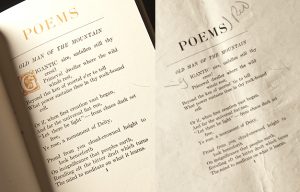Structure in English Literature
English literature, based on many years of history, has many unique features. It has many literary products such as from novel to prose, from poem to the ballad, from hymn to elegy. Each of these has own characteristic feature, just as all of them has a different structure. Let’s look at them, what features do they have?
Structure in Novel
When we search structure, means composed of parts or organization of something, in English Literature, we can see different models in the narrative. The first thing we need to look at is the Freytag Pyramid –it was coined by Gustav Freytag in 1863- which helps us to summarize literature works in 5 parts, exposition – it gives us background information and helps us to understand settings and characters in the novel, rising action- we can see some problems or crisis because of a character’s mistakes, climax – it is the final mistake or the highest level of tension and hero realizes own mistakes, falling action – it shows us to resolution of mistakes or character begins to solve crisis, and resolution-it is kind of closure.
However, we cannot say that all works are in this category. Some of them can have the plotless plot, non-linear narrative.

Structure in Poems
Poetry, which is one of the first literary examples, has undergone many changes over time but has become a definite shape during the time. When skimming through the poems’ structure, we can see 4 parts in general including stanza, rhyme, meter and a line break.
Stanza, is often called verse, is a group of the lines in the poem and has many various types but the most commonly used are the free verse which has a metrical form and has no rhyme, and blank verse which has no meter but can be used or not rhyme. Rhyme is a pattern of words including similar sound harmony. Meter is the rhythmic structure and line break helps to the reader to pause and show that how the poem is read.
To sum up, the structure in English Literature can be divided into changeable counts. I wanted to show what some of them are.
